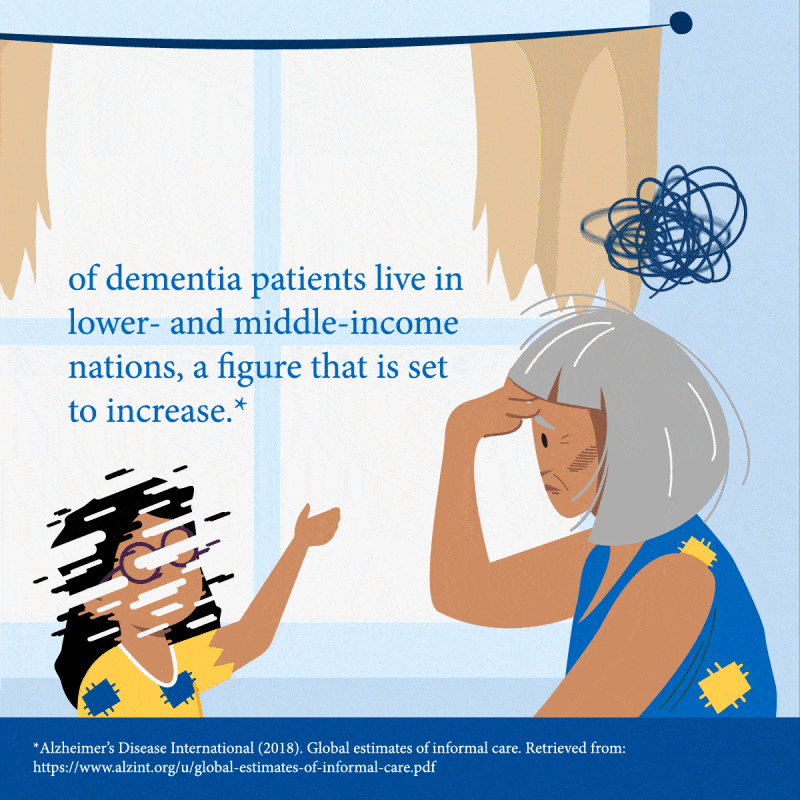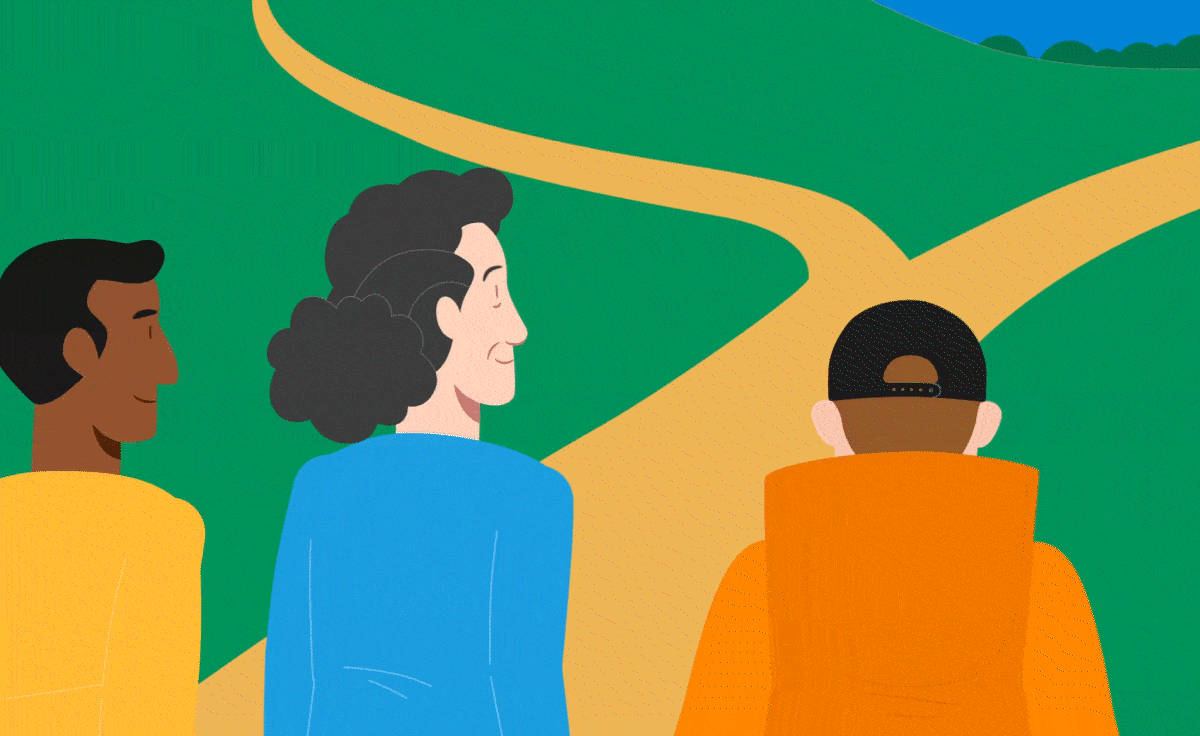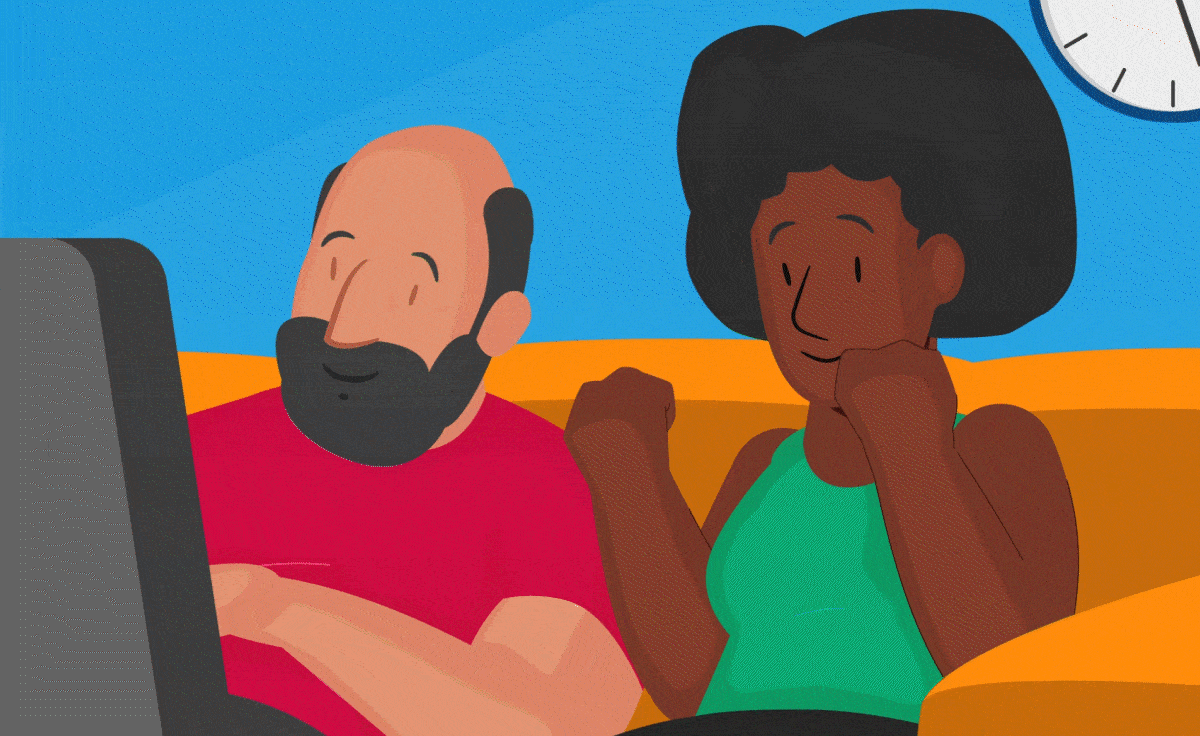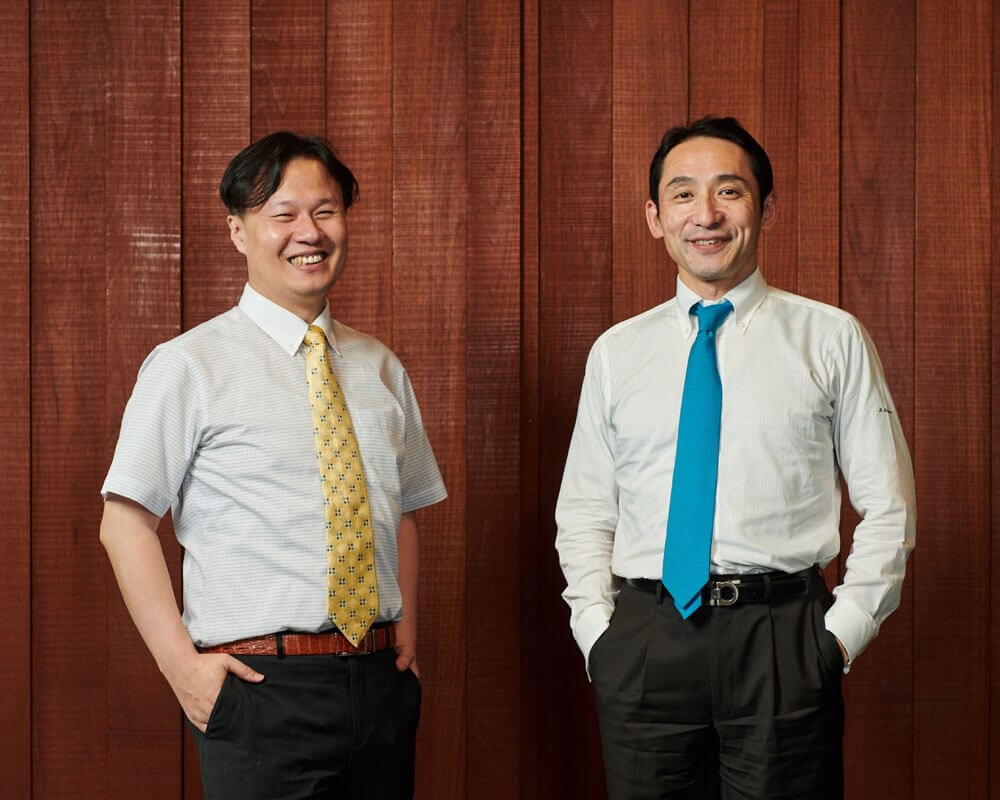In some ways, it is among the cruellest of diseases. It cuts lives short and burdens entire families. It robs our loved ones of their memories and capabilities, leaving us to grieve for years as a cherished part of their own lives fades away. Alzheimer’s disease, the most common form of dementia,1 presents a challenge for people and health systems everywhere — Asia Pacific (APAC) in particular.

Challenge: Rising Asia Numbers
According to Alzheimer’s Disease International (ADI), a confederation of related associations globally, APAC is already home to nearly half of the world’s 50 million people suffering from dementia.2 By 2050, the regional number of cases could triple, to approximately 71 million — which is more than the current population of Thailand.3
With its mix of the world’s poorest and most rapidly ageing nations, APAC must brace itself to create health systems that can cope. Cost-wise, Alzheimer’s is a multi-headed beast: tackling the condition requires deep investment into informal, social and medical care. Patients not only require treatment but are also more likely to experience side issues like falls and infections, or face difficulties adhering to treatment for other existing conditions.
But for every Alzheimer’s-related hurdle, there is a bright spot that is helping APAC fight back.

Opportunity: Momentum to Regulate and Strategise
With rising numbers of elderly, governments around the world have woken up to the need to act. In recent decades, committees and legislations have popped up everywhere. Australia alone has at various times appointed a Minister of Health and Ageing, a Minister of Mental Health and Ageing, an Office of the Aged Care Commissioner and an Ambassador of Ageing.4
While the impetus to care for what is becoming a majority demographic is strong, countries must plan, quickly but effectively, to address evolving societal needs. With advances in medicine and innovative technologies like personalised diagnostics, robotics and the Internet of Things, health systems will be better equipped to support informed decision-making and ensure better patient outcomes.
Challenge: Debilitating Pressure on Carers
Every three seconds, someone around the world develops Alzheimer’s disease or a related dementia (ADRD). That number is ballooning rapidly. But what is less known is the indirect and intangible costs, such as the impact of dementia on caregivers occurring years, or even decades, before someone receives a formal dementia diagnosis.
People who care for a loved one with Alzheimer’s are at a high risk of developing conditions of their own, due to the crippling stresses of the task. High blood pressure, anxiety and depression are not uncommon5 among dementia caregivers;6 conditions which will add further weight to health systems.
Asia’s cultural context may compound the impact of dementia. As noted in a paper by the Bulletin of the World Health Organization, in many Asian countries it is still common (and even enshrined into law) for elder parents to rely on their adult children for home care.7 Multi-generational living scenarios are often favoured instead of paying for a nursing home (a move more customary in Europe and the United States).8
The scenario has even given rise to a particular (and particularly stressed) demographic — the ‘sandwich generation’.9 These are working adults caught between having to care for aged parents and their children at the same time.

Opportunity: Biomarker Testing for Better Diagnosis
Currently, Alzheimer’s diagnosis is done in a holistic, even old-fashioned manner: descriptions of the symptoms such as cognitive decline, and memory tests, feature heavily. Yet these symptoms may only appear seriously years after the condition itself manifests in the brain and are often considered as a “normal” part of ageing.
According to ADI, only 20-50 percent of dementia cases are documented in primary care. In low- and middle-income countries, the ‘treatment gap’ is far starker (in India, an estimated 90 percent go undiagnosed).10 “If these statistics are extrapolated to other countries worldwide,” ADI posits, “it suggests that approximately three quarters of people with dementia have not received a diagnosis, and therefore do not have access to treatment, care and organised support that getting a formal diagnosis can provide.” As other global reports by ADI have revealed, timely diagnosis is a crucial ingredient that can start the positive cycle of treatment.
Biomarker testing — relating to the body’s biological markers such as protein clusters in the brain11 — can help power that cycle. While biomarkers for Alzheimer’s are currently seen more in research, rather than in the clinical space, experts are working to change that. Diagnostic tests that can detect Alzheimer’s (and provide earlier and more complete information to clinicians to assist with diagnosis) can be a gamechanger. They allow patients to be screened for Alzheimer’s decades before symptoms appear, so that personalised care plans can slow deterioration and extend quality of life.

Making the Burden of Alzheimer’s a Distant Memory: the Way Forward
As Asia Pacific faces a ‘silver tsunami’, the advantages of well-embedded diagnostics policies, and technologies like biomarker testing, cannot be ignored. Test results are invaluable not just for the affected families to plot their future, but for national and international authorities who need a roadmap for predicted demand. On a population-wide level, reliable data from these tests can reveal the exact rate of incidents and allow policymakers to strategise, implement plans and stress-test new solutions.
The benefits aren’t limited to ageing nations alone. Countries with younger populations can use the research data, health strategies and innovations from some of the most rapidly ageing Asian countries — like Japan, South Korea and Singapore12 — to prepare.
Ultimately, programmes, findings and tools trialled in ageing countries could trickle down to be adapted by other nations,13 more victories in the fight against dementia.
Diagram Dialogues
Subscribe to our podcast to hear expert insights from the world of diagnostics
References:
1World Health Organization (2020). Dementia. Retrieved from: https://www.who.int/news-room/fact-sheets/detail/dementia
2Alzheimer’s Disease International (2014). Dementia in the Asia Pacific Region. Retrieved from: https://www.alzint.org/resource/dementia-in-the-asia-pacific-region/
3The World Bank. Population, total – Thailand. Retrieved from: https://data.worldbank.org/indicator/SP.POP.TOTL?locations=TH
4United Nations Population Fund (2012). Overview of Available Policies and Legislation, Data and Research, and Institutional Arrangements Relating To Older Persons – Progress Since Madrid. Retrieved from: https://www.unfpa.org/sites/default/files/pub-pdf/Older_Persons_Report.pdf
5Fisher Center for Alzheimer’s Research Foundation (2019). The hidden costs of Alzheimer’s Disease. Retrieved from: https://www.alzinfo.org/articles/caregiving/the-hidden-costs-of-alzheimers-disease/
6Zurich Open Repository and Archive (2019). Stress and Blood Pressure in Dementia Caregivers: The Moderator Role of Mindfulness. Retrieved from: https://www.zora.uzh.ch/id/eprint/168015/1/Mindfulness_paper_4th_review_definitive.pdf
7Warmenhoven, H., Hoebink, P., Janssens, J. (2018). The Chinese Postreform Generation as Caregivers: The Caregiving Intentions Toward Parents and Parents-in-Law of the One-Child Generation. Retrieved from: https://www.ncbi.nlm.nih.gov/pmc/articles/PMC5677618/
8Horioka, C., Gahramanov, E., Hayat, A., Tang, X. (2017). Why do children take care
Of their elderly parents? Are the Japanese any different? Retrieved from: https://www.adb.org/sites/default/files/publication/317711/adbi-wp739.pdf
9Pew Research Center (2013). The sandwich generation. Retrieved from: https://www.pewresearch.org/social-trends/2013/01/30/the-sandwich-generation/
10Alzheimer’s Disease International. Numbers of people with dementia. Retrieved from: https://www.alzint.org/about/dementia-facts-figures/dementia-statistics/
11Zhao, T., Hu, Y., Zang, T., Wang, Y. (2020). Identifying Protein Biomarkers in Blood for Alzheimer’s Disease. Retrieved from: https://www.ncbi.nlm.nih.gov/pmc/articles/PMC7314983/
12Euromonitor International (2020). Three Out of The World’s Top Five Oldest Populations Will Be in Asia by 2040. Retrieved from: https://blog.euromonitor.com/three-out-of-the-worlds-top-five-oldest-populations-will-be-in-asia-by-2040/
12The Economic Research Institute for ASEAN and East Asia (2019). Japan’s Lessons on Ageing Populations Shared with Africa. Retrieved from: https://www.eria.org/news-and-views/japans-lessons-on-ageing-populations-shared-with-africa-2/














